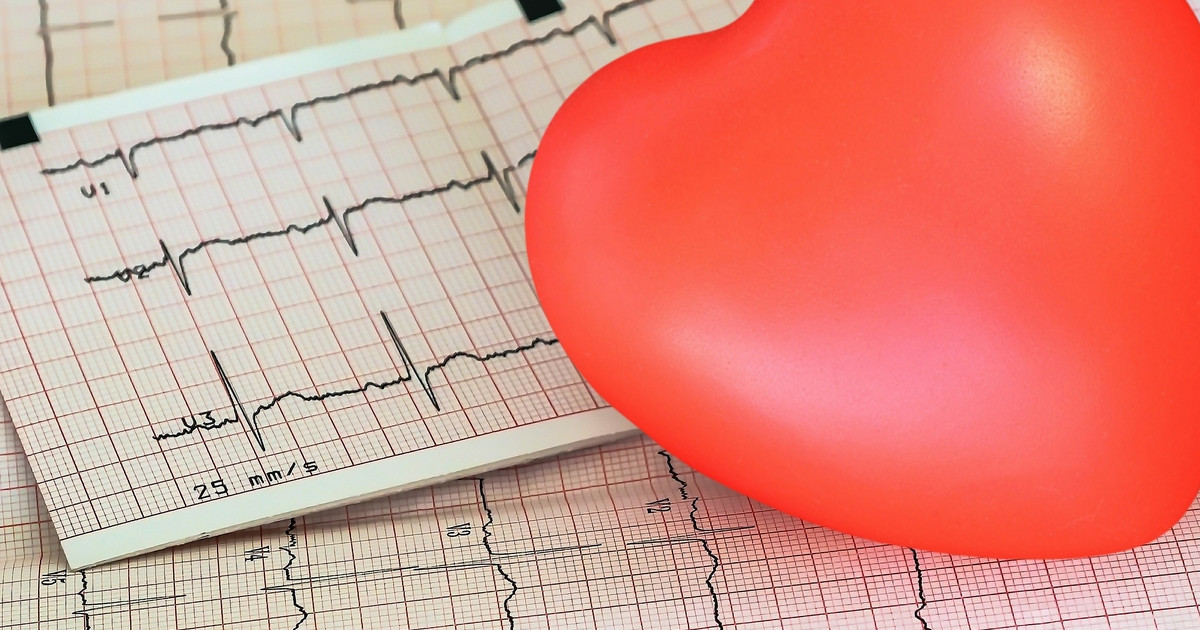Guide To The Major Types Of Tachycardia
Tachycardia refers to a heart that is beating abnormally fast. Typically, an individual's heart rate must be faster than one hundred beats per minute to be considered tachycardia. Some patients may experience this condition as a side effect of medications, especially those that lower blood pressure. A heart attack, heart failure, anemia, conditions involving an overactive thyroid, and an abnormal heart structure can also cause it. Risk factors for certain types include smoking or drinking excessive caffeine.
In some cases, anti-arrhythmic medication for tachycardia is prescribed. Some patients receive anti-arrhythmic injections in the hospital. Another potential treatment for some types of tachycardia is cardioversion, which involves a shock to the heart that is given through paddles. Additionals treatments include surgery and a pacemaker for tachycardia. However, treatment for tachycardia can vary depending on what type a patient is experiencing.
Atrial Flutter

Atrial flutter is the type of tachycardia that affects the atria, which are the upper chambers of the heart. It occurs when the atria beat faster than they should. However, though the atria are beater fast, they still maintain a regular heartbeat. This is one of many arrhythmias that might occur because of problems with the heart's electrical pulses. Atrial flutter presents similarly to atrial fibrillation. However, unlike atrial fibrillation, the rhythm in atrial flutter tends to be organized and non-chaotic. Some patients experience symptoms of both atrial fibrillation and atrial flutter. Other individuals do not have any symptoms related to the disorder, aside from a fast heart rate. The disorder can, however, lead to heart failure, stroke, and other potentially serious complications.
This type of tachycardia is treatable, and patients might be prescribed medication. Doctors may also recommend a procedure that involves scarring the heart. The most significant risk of this condition is that the heart will struggle to circulate blood correctly when it is beating too quickly. The complications tend to occur when organs do not get the proper supply of oxygen.
Reveal more forms of tachycardia now.
Ventricular Tachycardia

Ventricular tachycardia occurs when an individual's heart rate is fast and abnormal. Rather than being localized to the atria, this heart condition starts in the ventricles. These are the lower chambers of the heart. In this type of tachycardia, a patient will have at least three heartbeats in a row that go at a rate of at least one hundred beats per minute. Rather than spanning minutes, this condition only tends to last for a few seconds. In cases where ventricular tachycardia does last for more than a couple of seconds, it might be life-threatening.
The primary type of ventricular tachycardia is nonsustained. However, a sustained type occurs when the heart rhythm continues for over thirty seconds. The problem is that the rapidity of this heartbeat does not let the heart fill up with blood. Thus, the blood flow to the body is compromised. Ventricular tachycardia can begin in one of two ways. One is when there is an abnormal circuit in the muscle itself that is activated from outside. The other is when the same abnormal circuit is activated by itself.
Continue reading to learn about more types of tachycardia now.
